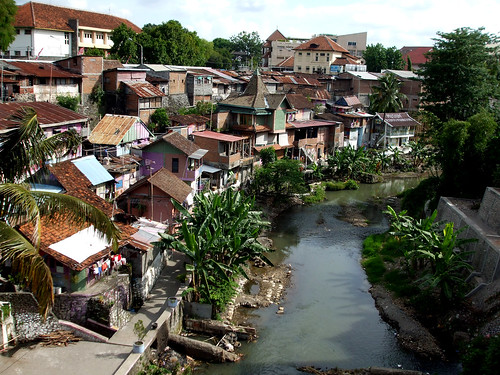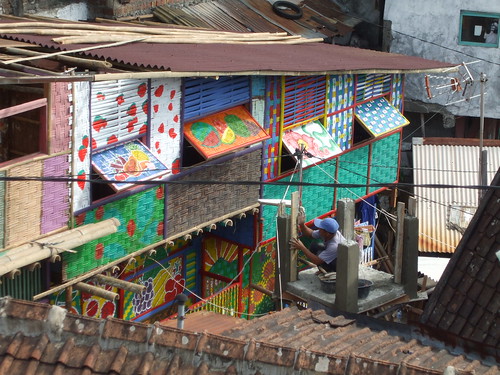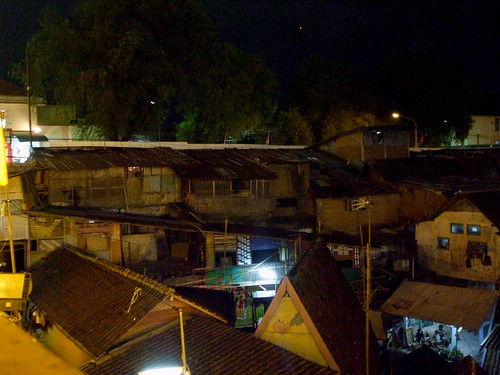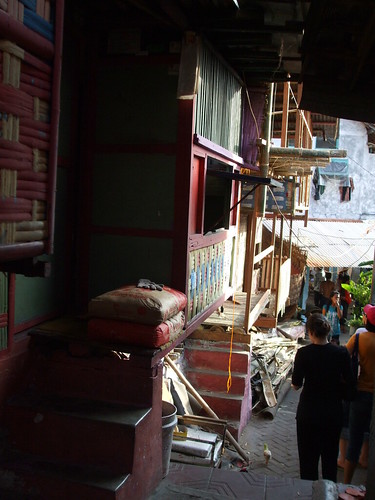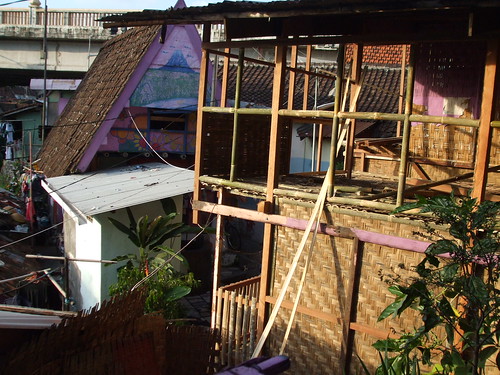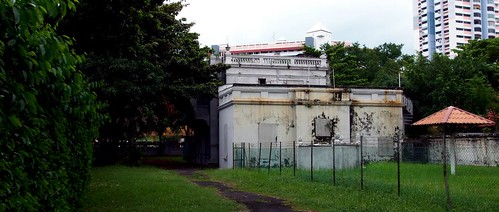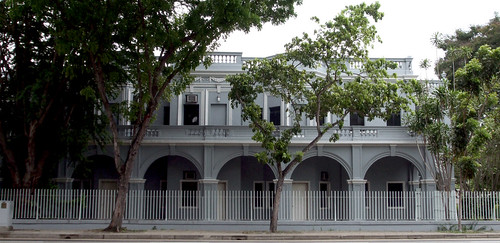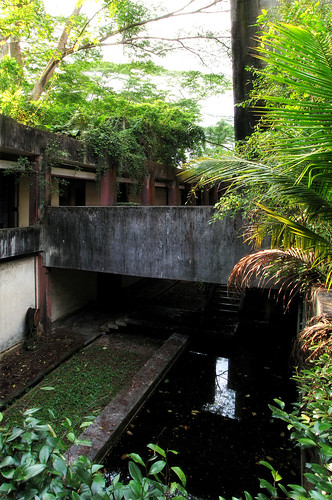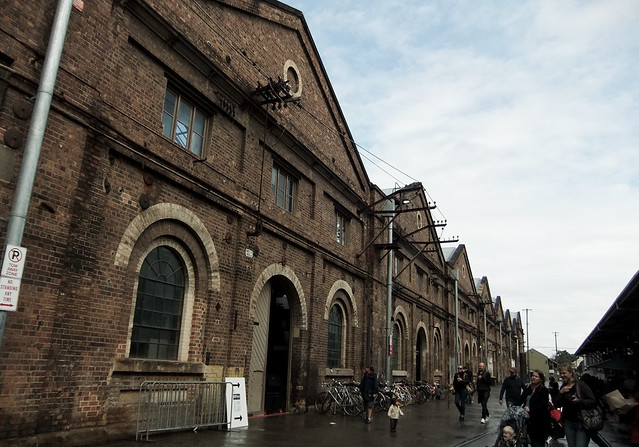

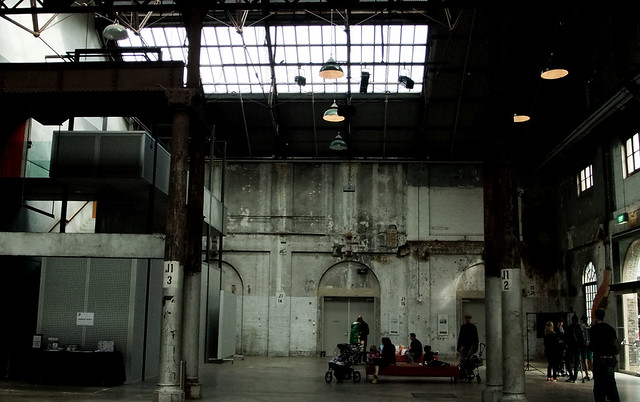
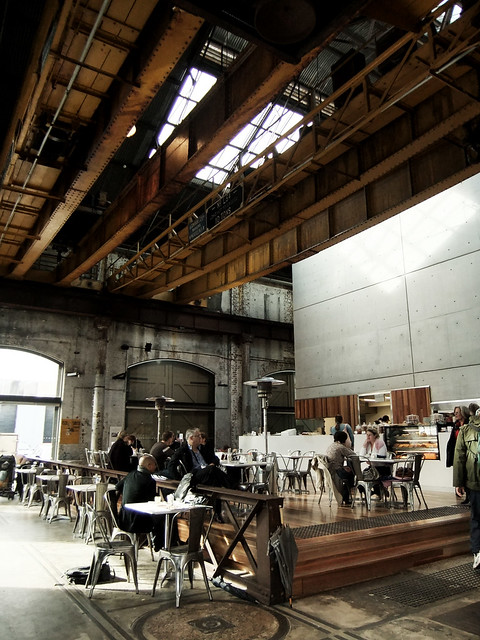



Recommended by an architect friend in Sydney, I had the privilege to visit this piece of beautifully conserved architecture tucked inconspicuously at the south west of Sydney city (well I got a lil lost finding the exact location of it). Located in close proximity to the intersection of central rail tracks, CarriageWorks was once a railway workshop complex built between 1880 and 1889. You can see traces of rail tracks as you cross the roads, as well as bays complete with huge steel beams hovering over high volume spaces, the walls stripped off to reveal their original brick-laid infill. This place is now a home for contemporary arts and culture with large theatre spaces and galleries, to me a perfect programme to suit the site. Each programme is nailed down on the location map by the track and bay number, a reminiscent of the previous use of the building -- how brilliant! What I loved about the interior space was this elegant balance of rustic material from railway workshop and the latter programmatic volume. I totally loved the cafeteria at one corner of the building -- a raised timber platform to demarcate the use against the backdrop of the new off-form concrete wall while large yellow steel beams hovered above the space, the traces of this huge mechanism a stark contrast to the finer scale of the coffee tables. Too bad I was in a rush to sit down and enjoy a sip of mocha.
More info and location of CarriageWorks here.

